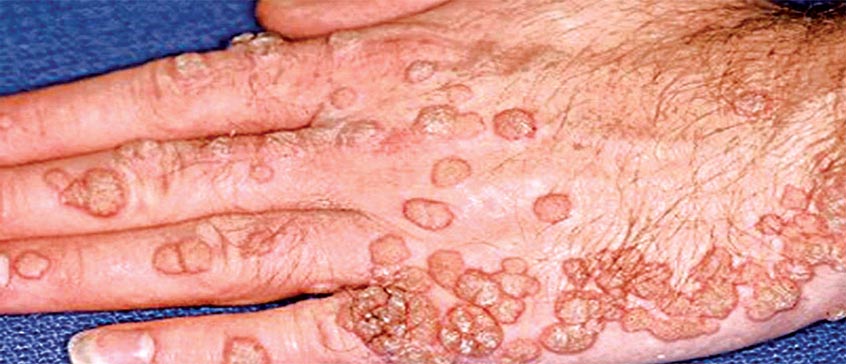How is HPV Transmitted?

HPV passes through the skin, mucous membranes and body fluids. Sexual intercourse is the most effective means of transmission. HPV can be transmitted from the mouth to the genital area, from the hand to the genital area, from the genital area to the genital area, and from the genital area to the mouth. In order to enter the epithelial cells, it must enter through small cracks.
Genital HPV types have been isolated in the skin as well as in the nail. Here, the transitions are probably in the form of oral genital manual genital and genital genital. It should be known that all of these contacts are important. The most important factor in sexual transmission is the excess of partners and the infection at an early age. Its maximum prevalence is 20-24 years of age. This rate decreases with increasing age. The contact of men with different women will increase the risk of transmission. Oncological types have a much greater effect on the progression of HPV to cancer.
Infection must enter the basal epithelial cells in order to be seen. It enters either by irritation in the transformation zone of the cervix or through the thin epithelium in the anal canal, or it enters through microscopic cracks in the external genital mucosa of the vagina. The incidence of HPV in the asymptomatic population is between 2-44%. In an analysis including 78 studies in which cases with normal cytology were examined, the global prevalence of HPV was reported as 10.4%.
What is HPV Virus?
It is known that there are around 290 million women who carry hpv all over the world, 100 million of them have hpv16 and 18. HPV incidence is high in young people and decreases in middle age group. Although it is not as common as cervical cancer in women, men should also be examined for penile and anus cancer. In the analysis of 13 studies, the frequency of hpv was found to be between 4-45%, and the frequency of high-risk hpv ranged between 3-35%. It is most common in men aged 30-39 years and in homosexuals.
The main route of transmission is skin-to-skin contact, and the main risk factor is the increase in the number of sexual partners. The rate of being with a new partner plays a key role in the transmission of sexually transmitted diseases. The characteristics of the male partner are closely related to the fact that women are infected with HPV. It is important for the man to be with more than one woman at the same time and to change partners in a short time. HPV can also occur in the external anal area and can spread to other areas by contact.
Who Gets HPV Virus?
Beyond that, vertical transmission (mother to child), oral and finger transmission is possible. The infection that has been shown to be acquired during birth is laryngeal papillomatosis due to HPV 6 and 11. In children born to cervical hpv positive women, hpv DNA was found in 33% of the nasopharyngeal secretions. In addition, it has been shown that nasopharyngeal secretions of children born to hpv positive mothers are hpv DNA positive.
Today, it is emphasized that this transmission during birth is not sufficient for HPV infection and that HPV infection may not occur due to the decrease in the estrogen and progesterone hormones of the mother in the fetal circulation after a short time.
Transition from environmental surfaces, clothing, inanimate surfaces has been suggested but not proven. It has been suggested that biopsy tools and gloves may play a role in non-genital wart hpv infections. HPV 16 can also be found around the nails and in squamous cancers. Bowenoid papulosis due to HPV 35 develops from the verrue around the nail.
Sexual transmission of HPV causes significant problems among family members. It is an important problem to explain where this infection comes from, especially in some people who claim to be monogamous. Being introduced to sexuality at an early age, this happening in a short time after menstruation is a risk for hpv. s Underdeveloped cervix and insufficient production of cervical mucus cause hpv infection to be seen more frequently in young people.
In cases with genital warts, the risk of transmission is 60% when coexisting. By comparison, this risk is 20% for chlamydia, 50% for gonorrhea, and 80% for soft chancre.
Genital hpv lesions can be seen in 60% of the spouses of those who have had genital hpv. Although an average of 3 months passes between exposure to HPV and the development of condyloma, this period can also be years depending on the immunological status of the host. HPV lesions were found in 65% of the spouses of women with CIN. One third of these are clinical and two thirds are subclinical. If HPV infection is acquired sexually once, even if the infection in the partner is treated in the next step, HPV infection determines its course depending on the immunological status of the host. While relapses are seen with the same type of hpv hpv in a host with compromised immune response, infections and lesions can be seen in an immune-compromised host, however, depending on the relationship with other partners with other hpv types.
For detailed information about hpv test <— visit our page.